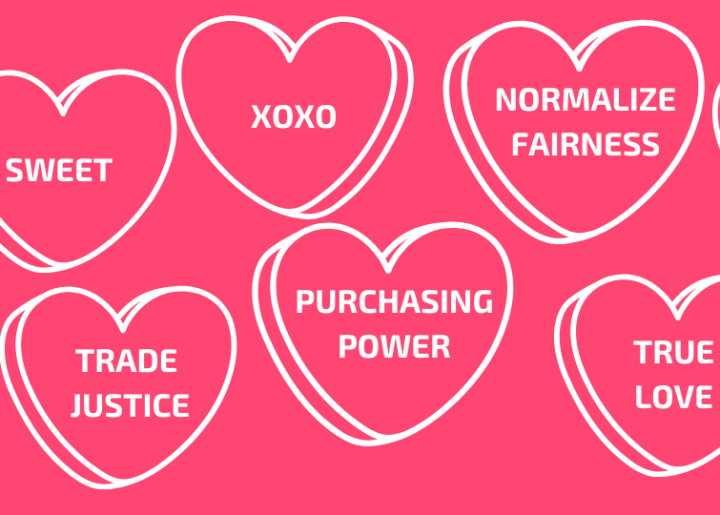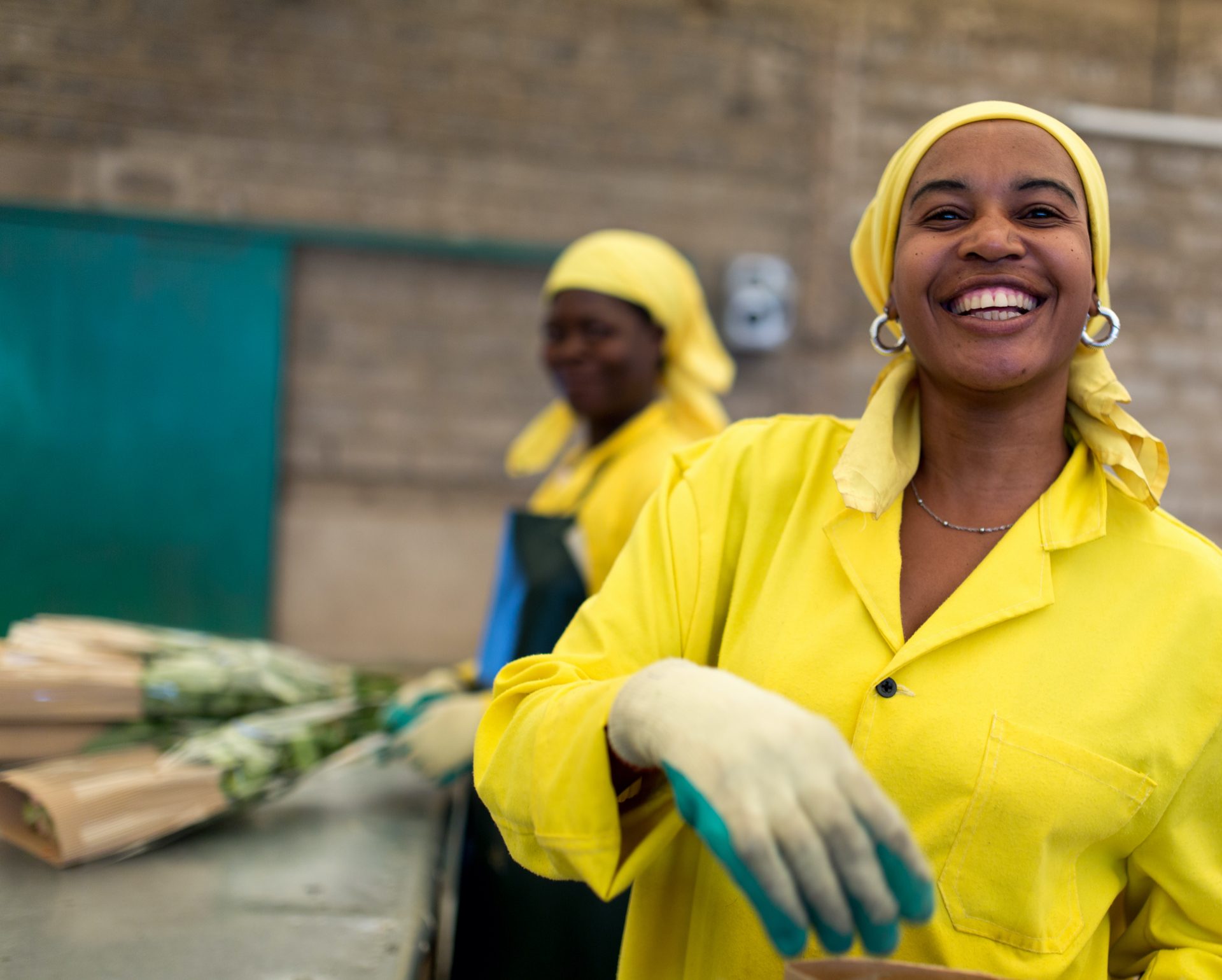Children’s Involvement in West African Cocoa Production: Supporting Farmer Organizations to Lead

The 2013/2014 Survey Research on Child Labor in West African Cocoa-Growing Areas released last week by Tulane University shows that child labor in cocoa production is on the rise in West Africa.
According to the new report, of the 2.26 million children working in cocoa production in Côte d’Ivoire and Ghana, 2.12 million are in child labor and 2.03 million in hazardous work.
A child in the cocoa-growing regions is 15.5% more likely to be in child labor than previously, with a 21% increase in the absolute number of child laborers in cocoa since 2008/9.
While disappointing, these findings are not surprising to FAIRTRADE INTERNATIONAL, nor will they be to others who are supporting farmers to tackle this endemic problem and know just how deep it runs. If there is to be a serious reduction in child labor in cocoa, farmers, communities and, most importantly, young people themselves must be at the forefront of tackling the issue.
As part of Fairtrade’s comprehensive approach to child labor, developed over the past five years, producer organizations are supported to take on just such a leadership role. Three Fairtrade cocoa cooperatives in West Africa are amongst those piloting projects which use a youth-inclusive, community-based approach to addressing child labor.
These farmers know better than anyone the enormous challenge their industry faces. One producer group representing thousands of cocoa farmers noted that children are carrying heavy loads, weeding, breaking cocoa pods using hoes or machetes and spraying chemicals without any protective gear. They are also involved in looking after younger children, hunting, and carrying firewood, as well as other household activities.
While producers were able to identify child labor in cocoa production, they had struggled with remediation beyond trying to raise awareness about the issue. When we asked them why, they told us they still find it difficult to introduce the topic of child labor to community leaders and families for fear of being rejected.
Child labor is a hidden issue and fear of sanction tends to drive it even deeper.
But, closest to the problem, the farmers were able to come up with innovative solutions to make discussing the problem easier. They recommended that theater-type training materials should be made available, knowing that communities find it easier to relate to something more visual. They also requested detailed guidelines and best practice examples which they could adjust and adapt to the particular realities in their communities.
The Fairtrade producer organizations also flagged the need for Fairtrade to better support them with access to child protection organizations. Removing a child from child labor can be even more detrimental to a child’s safety if the alternative is not carefully considered from an informed, rights-based perspective of the child’s best interests. Farming communities need to be linked with child rights organizations who can advise them on how to act when child labor is found. This is a key element of the Fairtrade-supported pilot programs. But as one group put it, the existing child protection partners “have offices in the capital city of Abidjan and their operations are miles away from production areas.”
Producer groups confirmed that engaging young people in running child labor programs is very successful. As one producer organization noted,
“Having the youth leaders attend the training was great for many reasons. One can feel the generation gap already with older producers, the youth of Côte d’Ivoire are very well aware of children’s rights and can really bridge the gap to make sure children’s views are taken into account. It has been an empowering process for them as well to be seated in the same training room as their elders.”
Another producer organization indicated that they also liked the self-governing, multi-stakeholder approach that involved adults and children from the community, “where nothing is imposed onto people, but rather they get to understand the issue from actual dialogue with one another.”
Children in Fairtrade cocoa-growing communities have identified the need for safer schools as another important barrier to overcoming child labor.
Despite the substantial gains in school attendance in Ghana and Côte d’Ivoire which the Tulane survey identified, many children are kept out of school because they don’t feel safe. Children need to be able to report violence against them should they experience it in their schools.
Finally, farmers need to be able to make a living income from cocoa farming. Almost none of the young people in cocoa-growing communities consider farming a viable and attractive prospect.
Fairtrade will now factor in all of these lessons learned as we scale up our monitoring and remediation work with these producer organizations within a larger project called “It Takes a Village to Protect a Child”, supported by the Dutch Postcode Lottery.
If the cocoa industry truly wants to see an end to child labor in its supply chains, there must therefore be a paradigm shift which puts farmers and communities in the lead. Producer organizations need to be supported with targeted training materials, ongoing guidance and access to expert local support, particularly on child protection. We must invest in the next generation of cocoa farmers — boys and girls — by caring for their well-being, their education, their safety, and paying decent prices for cocoa.
Read more on child labor
Topics
We’re in this together
Fairtrade America partners with brands on the journey to certification and beyond. We can help with everything from finding a certified supply chain to marketing your newly certified product.
Get in Touch





